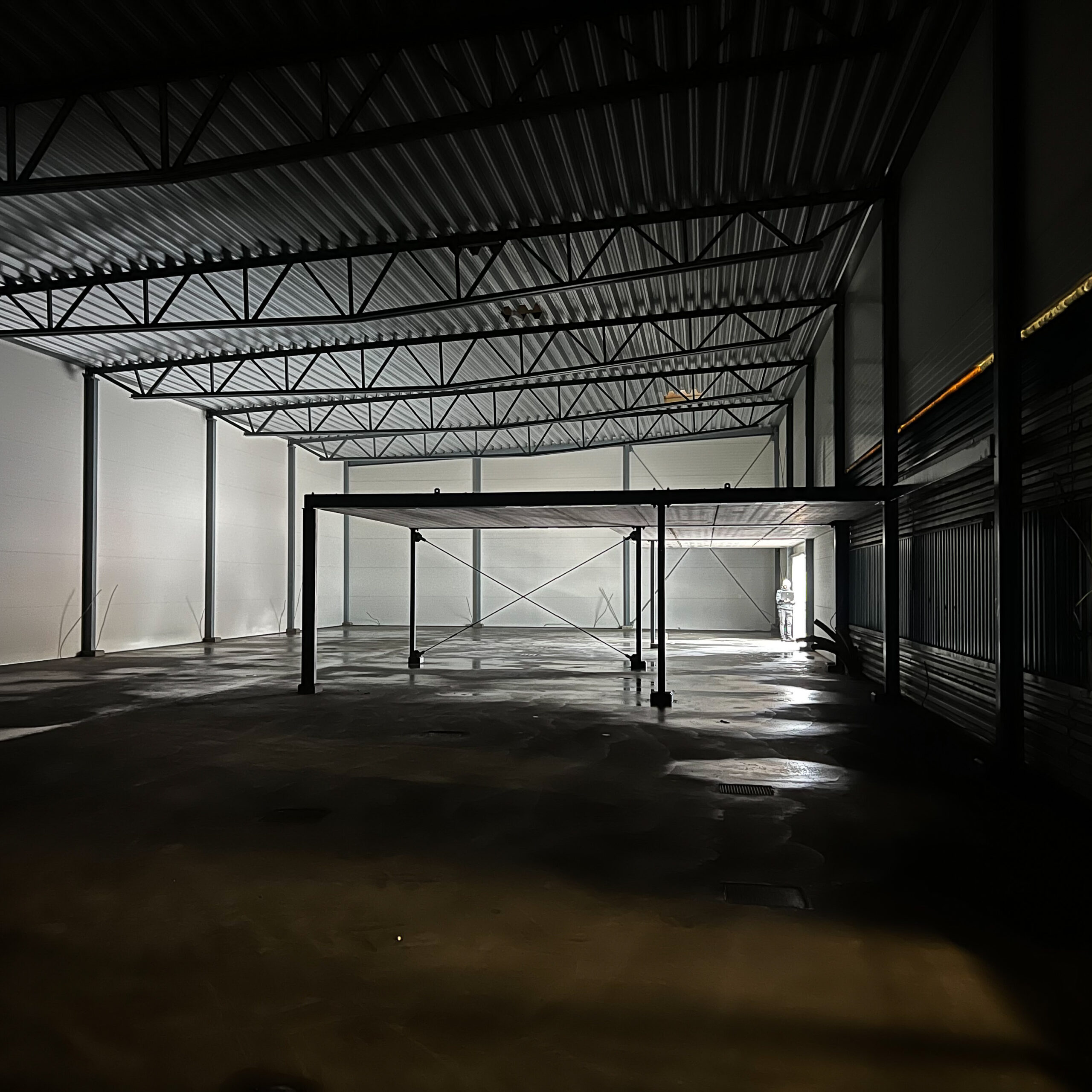In Studsvik, just outside Nyköping, the construction of BalticWaters‘ new fish research laboratory is in full swing. A lot has happened since the first sod was turned three months ago, and now the structure is in place for what will be the first and largest laboratory of its kind in the Baltic Sea region.
Studsvik is a hive of activity when we visit the construction site of BalticWaters’ new fish research laboratory early one morning. Apart from a small building, as recently as three months ago there was nothing more than gravel and earth here. But much has happened since then. The foundation for a new laboratory building has been laid, frames have been raised and now the roof is finally resting in place over the newly installed walls.
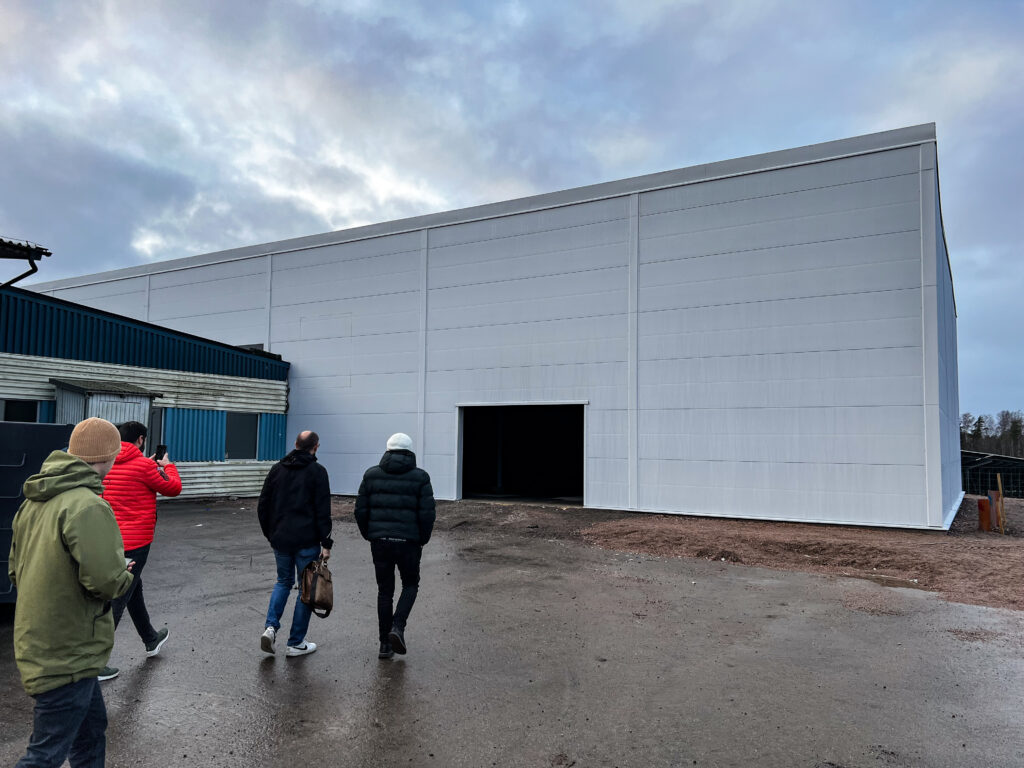

With the outer shell completed, we can for the first time enter the building, which by summer will be finished as the first and largest laboratory of its kind in the Baltic Sea region.
– It’s very exciting to finally see the building take shape! This is undoubtedly the biggest and most complicated project the Foundation has taken on, but perhaps also the most important, says Konrad Stralka, CEO of BalticWaters.
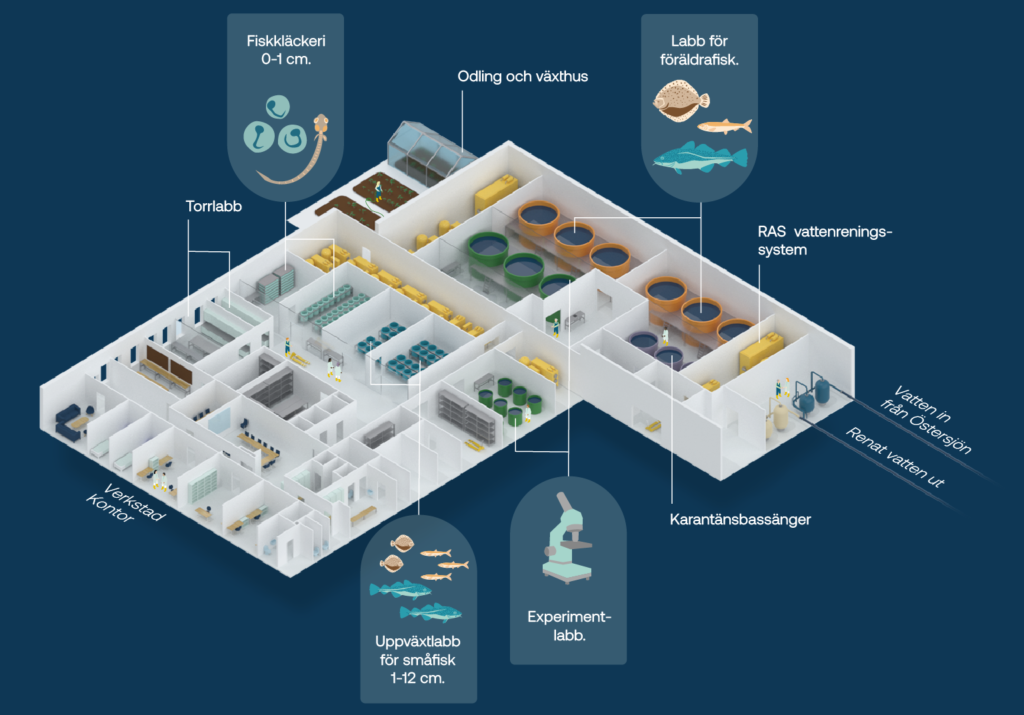
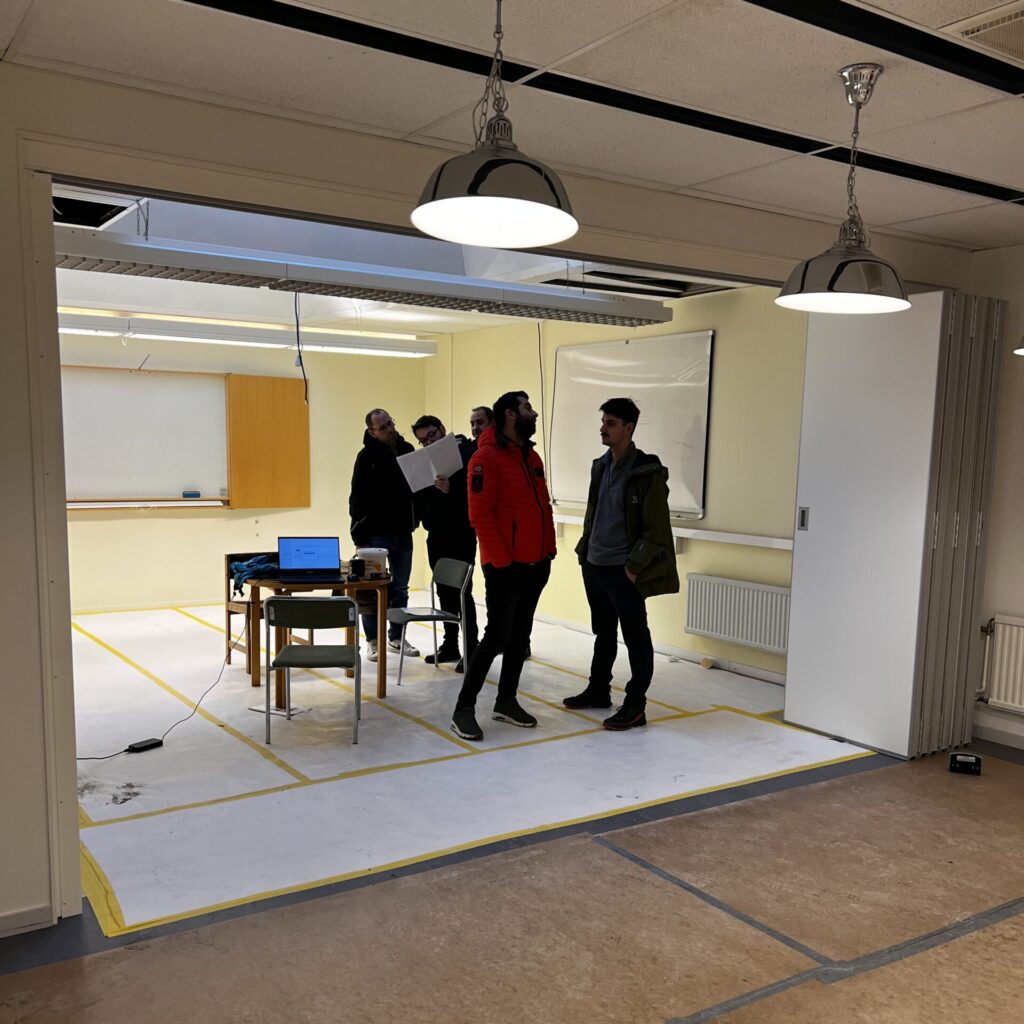
The laboratory will host the foundation’s large-scale demonstration project ReCod – release of small cod in the Baltic Sea – but will also be open to researchers and companies from around the world. Common to all activities is a focus on Baltic marine species, i.e. saltwater fish that normally live in the sea.
– At the laboratory, it will be possible to study herring, cod, and turbot at all life stages – from eggs to adult fish. The work at the laboratory will also contribute to the development of new techniques and methods for sustainable land-based fish farming, as well as support releases to help fish in the sea recover, explains Konrad.
And it is already clear which will be the first external research project to move into the new laboratory. At the end of 2025, Leif Andersson, a geneticist at Uppsala University, will begin a project at the laboratory that will delve into the genes behind the herring’s incredible ability to adapt to different environments.
– The establishment of BalticWaters’ new fish research laboratory was a catalyst for applying for project funding. ‘The laboratory is exactly what we need to study in depth the interaction between genetic variation and adaptation to the environmental conditions of the Baltic Sea, says Leif.
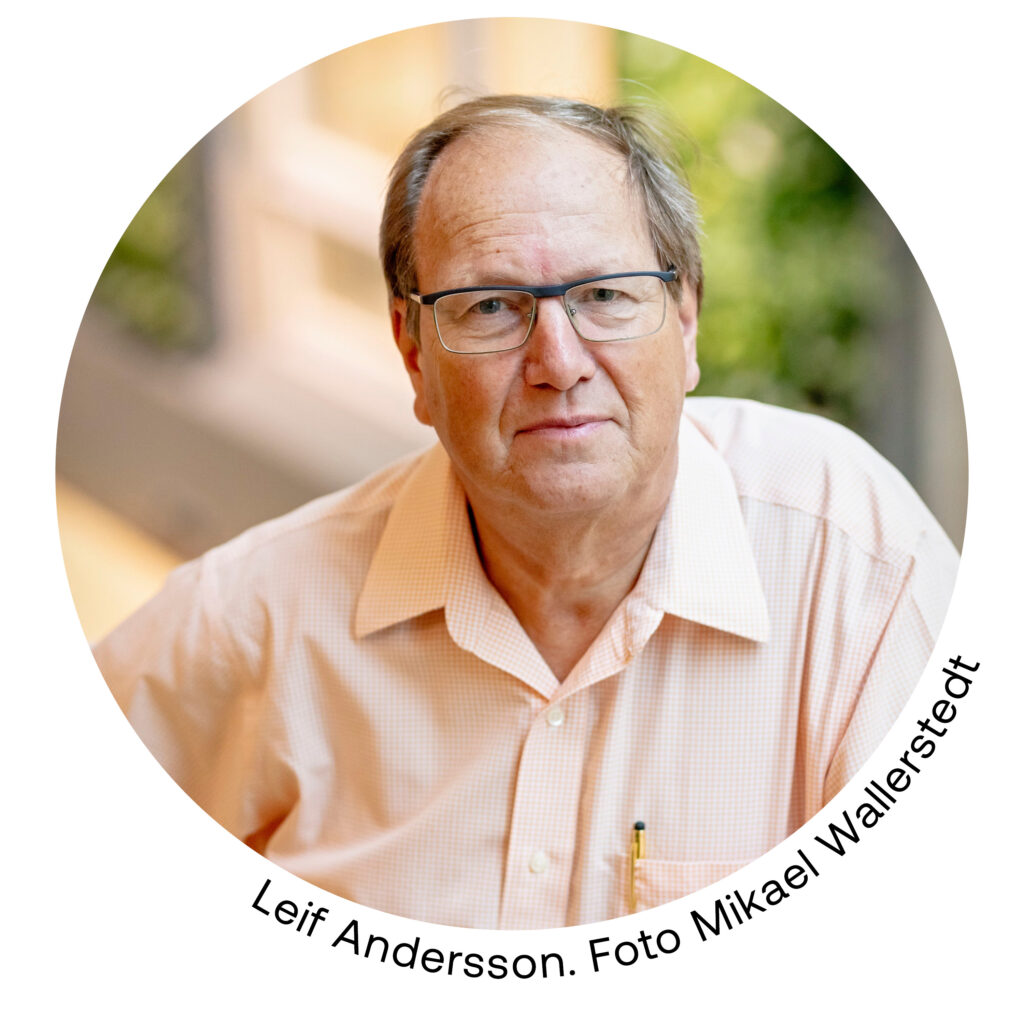

About BalticWaters Fish Laboratory
To create conditions for new research on Baltic Sea fish, support restocking of endangered fish species, development of aquaculture and knowledge building, BalticWaters is establishing a new fish research laboratory – the first of its kind in the Baltic Sea region. The laboratory is being built in Studsvik Tech Park outside Nyköping and is open to researchers and organizations from around the world who want to work with cold-water fish such as cod, herring and turbot in the Baltic Sea. BalticWaters is investing a total of SEK 150 million. Axfood is a long-term partner and contributes to the operation of the fish research laboratory, advice, contacts and knowledge.
Read more about the laboratory on the project page.
Do you want to know more about Leif Andersson’s project CLUPEA – unravelling molecular mechanisms behind adaptation to environmental heterogeneity and change? Read more here.
